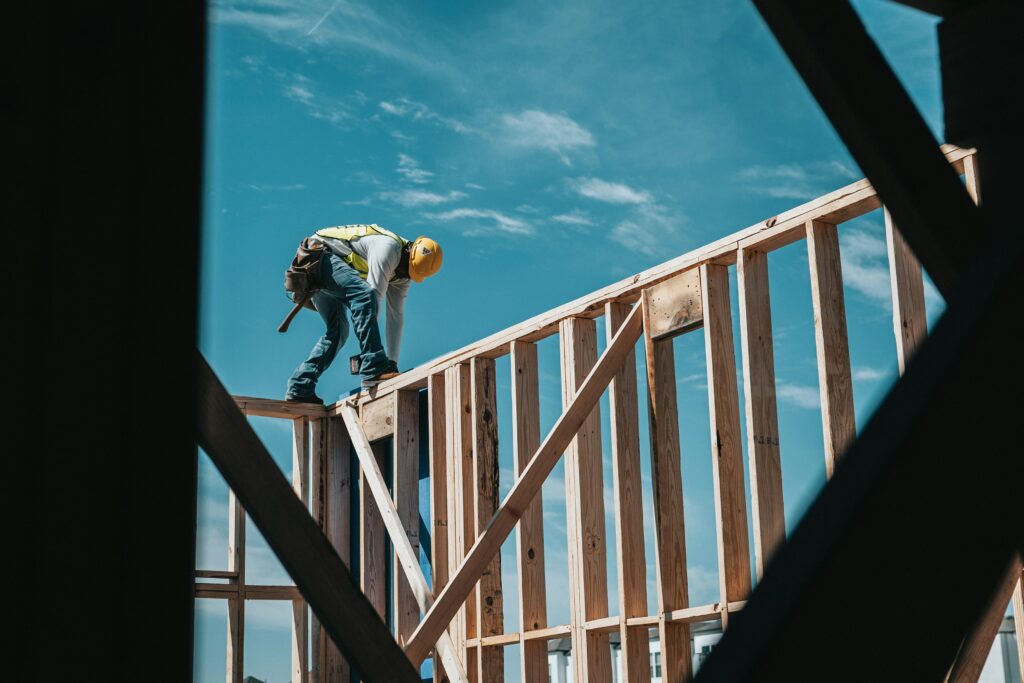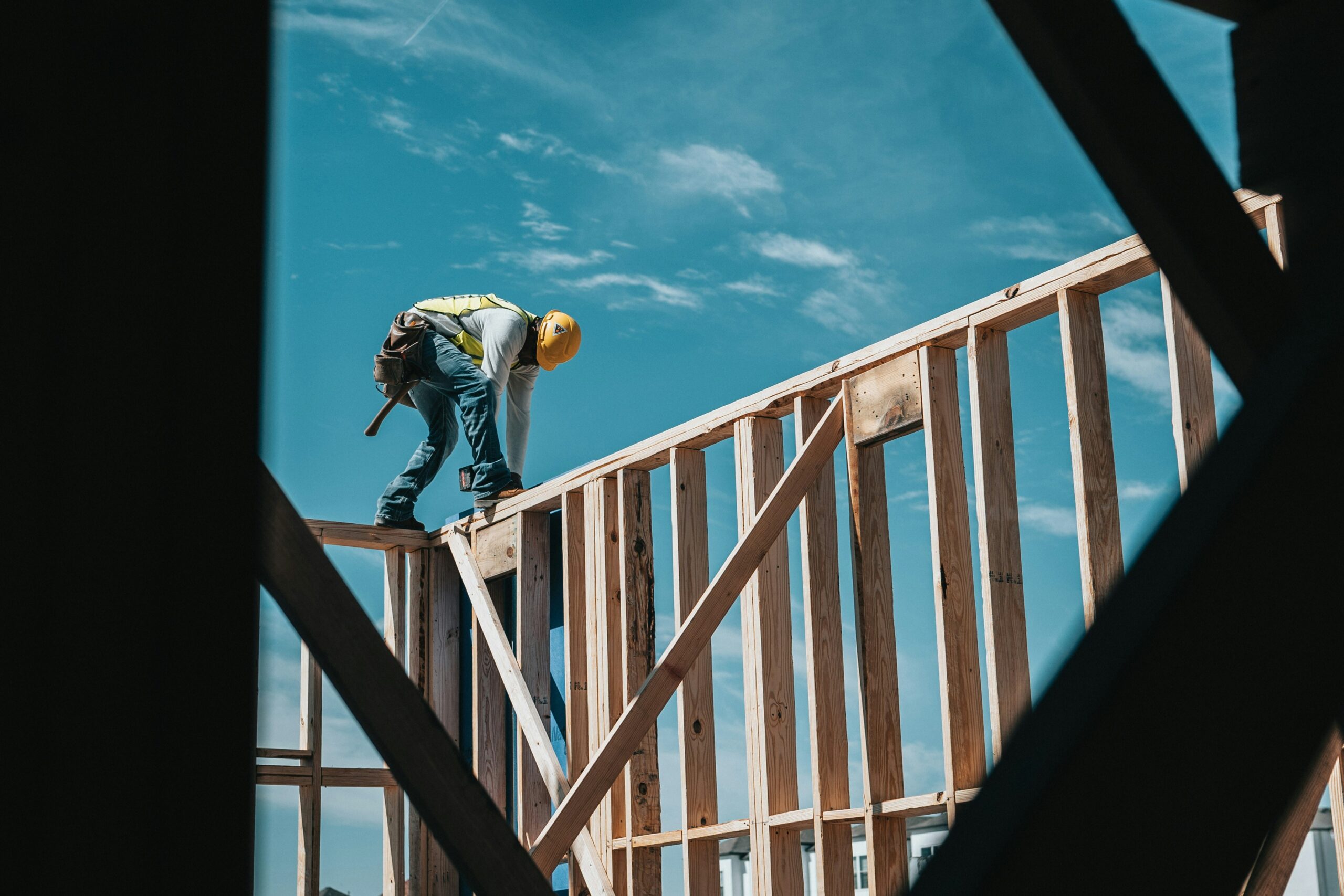By Mercedes Quintanilla.
The WELL Building Standard is a metric for buildings and organizations to provide environments that enhance the health and well-being of the occupants. The standard includes 10 concepts, this time I am going to review the Materials concept.

Goal
Reduce the exposure of people to the contaminating components of the materials.
Background.
– The chemical sector is vital to the world economy.
– Most of the chemicals in use have unknown consequences for health and the environment.
– Several of the chemicals that were widely used in the past have been found to be hazardous, persistent, and prone to bioaccumulation.
– Lead, asbestos, mercury, chromated copper arsenate (CCA) and polychlorinated biphenyls (PCBs) are among the chemicals whose manufacture and use are now severely limited.
– Lead poisoning caused approximately one million deaths in 2017 and can be considered a global health problem, even in countries where it is controlled.
– Various types of chemicals, such as perfluorinated alkyl compounds, orthophthalates, certain heavy metals, and halogenated flame retardants, are frequently used in merchandise due to their higher performance.
-Many of the chemicals in these classes have been shown or are believed to be harmful to human health and the environment.
– The materials concept encourages a cautious approach, promoting substitutions of specific materials when alternatives are available and do not provide sources of exposure to additional chemicals of unknown or increasing toxicity.
– Two methodologies for the selection of construction materials and goods are described. The former aims to increase material literacy by encouraging ingredient disclosure, while the latter is to encourage product review and optimization.

Requirements.
– Minimize commonly recognized hazardous elements, particularly asbestos, mercury and lead, in newly installed building materials.
– Establish measures to mitigate the danger of exposure to asbestos, lead and polychlorinated biphenyls.
– Address precautions for human exposure to chromium and copper arsenic in existing wood structures, as well as lead in soil, playground equipment, and artificial turf.
– For the development of contaminated areas, this WELL characteristic requires site investigation, testing and remediation.
– Emission criteria must be used for the materials used inside the building.
– A collection and availability of product descriptions is required, as well as the evaluation and disclosure of ingredients through transparency programs.
– Product evaluation and labeling is required in accordance with procedures that audit and limit the use of amounts of hazardous ingredients in materials and products.
– Integrated pest management is required to reduce the application of pesticides and when necessary, the use of pesticides must be accompanied by signs with information about the pesticide at the application site.
– Prohibit hazardous substances in cleaning, disinfection and sanitization solutions.
– Projects must implement design strategies and policies to minimize cases of contact with contaminated respiratory particles, as well as reduce the number of surfaces that need to be touch

Read the Comments +